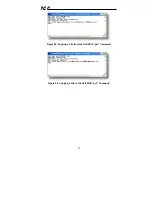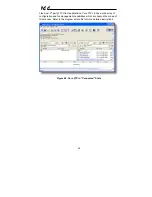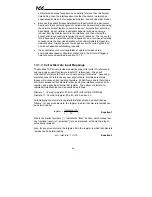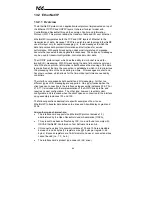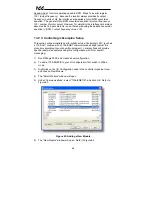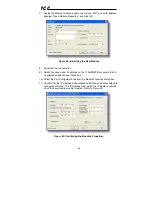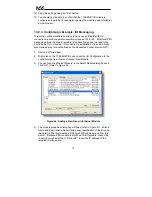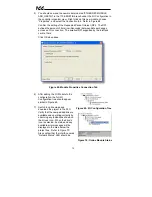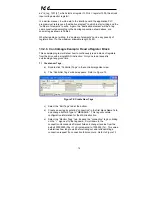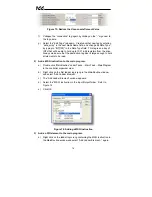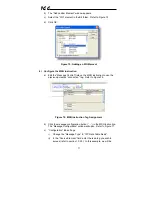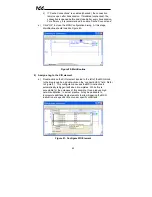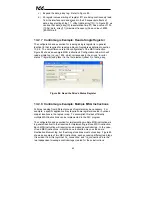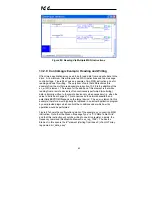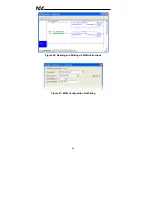
71
ICC
In the “Connection Parameters” portion of the dialog box, enter the
following information:
Input:
The Input Assembly is the collection of monitor data that is
produced by the interface card and is received as an input to the PLC. Its
structure is defined by the Produced Register Configuration as described in
section 10.8.4. The Input Assembly Instance must be set to 150 when
connecting to the vendor-specific I/O assembly instances (or 70/71 when
using the ODVA AC/DC drive profile), and the size must be set to the
number of 16-bit registers that we wish to receive from the interface card.
For the purposes of this example, we are assuming that the produced
configuration array is defined as shown in Figure 37, with two relevant
registers (1402 and 1401). We therefore set the Input Size to 2.
Output:
The Output Assembly is the collection of command &
configuration data that is sent as an output from the PLC and consumed by
the interface card. Its structure is defined by the Consumed Register
Configuration as described in section 10.8.4. The Output Assembly
Instance must be set to 100 when connecting to the vendor-specific I/O
assembly instances (or 20/21 when using the ODVA AC/DC drive profile),
and the size must be set to the number of 16-bit registers that we wish to
send to the interface card. For the purposes of this example, we are
assuming that the consumed configuration array is defined as shown in
Figure 37, with two relevant registers (1007 and 1008). We therefore set
the Output Size to 2.
Configuration:
The Configuration Assembly Instance is unused, and its
instance number and size are therefore irrelevant (you can just enter “1”
and “0”, respectively).
When done, click “OK”.
Figure 67: Interface Card Module Properties

